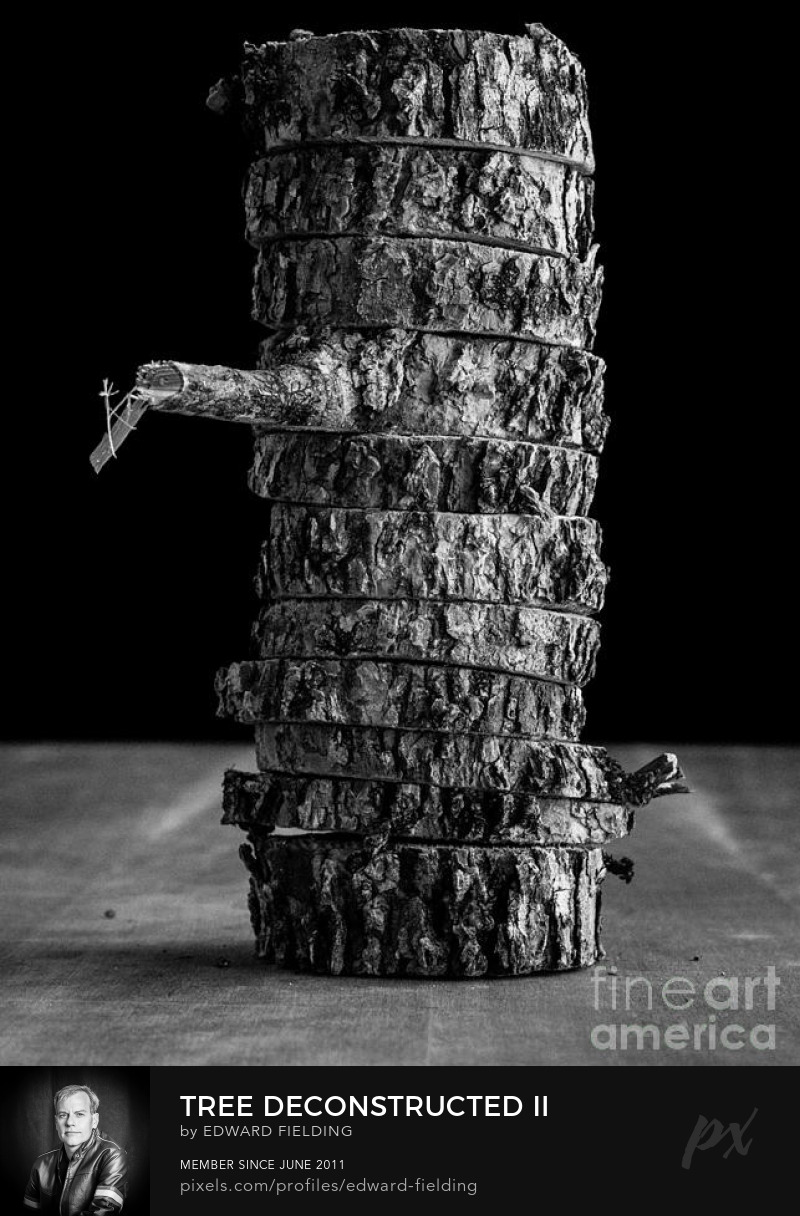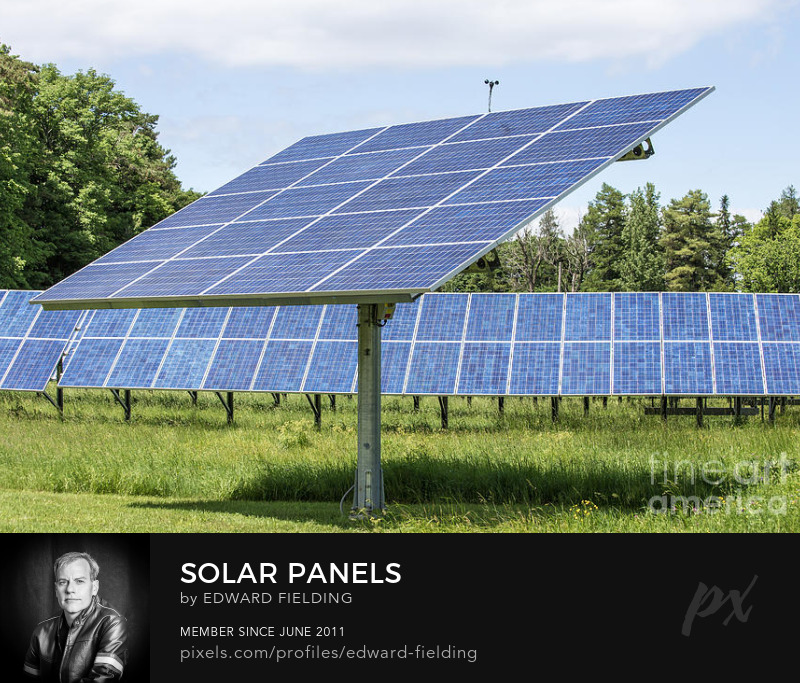There are plenty of energy sources you can buy from afar. You can have fossil fuels extracted, refined and transported to your home. You can have wood pellets delivered. You can have rivers dammed and wires strung hundreds of miles to bring you electricity. But I can only think of a few energy sources that you can actually create on your own property – wood and solar.
If one has the acreage, one can maintain a woodlot and use the firewood for heat. You can fell trees, chopped them, split them, stack them and then burn them for heat in the winter.

That’s a lot of work, but as they say, wood heats twice, once while splitting it and the other by burning it.
The other type of locally harvested energy is solar. If the sun shines on your home and property then it’s available for you to harvest. After the initial sunk cost or investment in solar panels and installation, solar energy is basically free.
The sun is no doubt the farthest fuel source from your home. Photons from the sun are 93,000,000 miles away from any solar array on Earth but they fall every day whether we gather them or not.
A photon of light takes only eight minutes to get to the Earth from the surface of the Sun. But it can take 100,000 years from the core of the Sun to get to the surface — where it bursts out and flies at the speed of light.
DR KaRL – ABC

Wood can provide heat of course, but solar can also give thanks to advancements in high efficiency, clean air conditioning and heat from mini-splits or heat pumps. Staring now Federal tax credits of up to 30% are available for solar panel installations and starting in 2023, tax credits for heat pumps will be available through the Inflation Reduction Act – https://www.rewiringamerica.org/
A heat pump is a single electric appliance that can replace both your traditional air conditioner and home heating system (like a furnace or boiler).
At the simplest level, heat pumps use electricity to move heat from one place to another. In cooling mode, a heat pump acts like an air conditioner, moving the heat from inside your home to the outside. In heating mode, heat pumps go into reverse and pump heat from the air outside your home to the inside. That might seem a bit counterintuitive. After all, how can something move heat from the outside air when it’s 20°F? But heat is just energy, and there’s energy in the air all the way down to absolute zero, which is -465°F. Heat pumps designed for cold climates can keep your home warm — without a backup heating source — even when outside temperatures are below -20°F.
Heat pumps come in two main forms: ducted and ductless. Ducted heat pumps use your home’s existing ductwork (or new ducts if needed) to disperse heated or cooled air throughout your home. Ductless (or “mini-split”) heat pumps are easier to install where there is no existing ductwork. Ductless heat pump heads are usually mounted high on the wall, and each one serves one room or area of your home. There are also window-unit heat pumps, which are an especially good option for renters.
https://www.rewiringamerica.org/app/ira-calculator/information/heat-pump-air-conditioner-heater